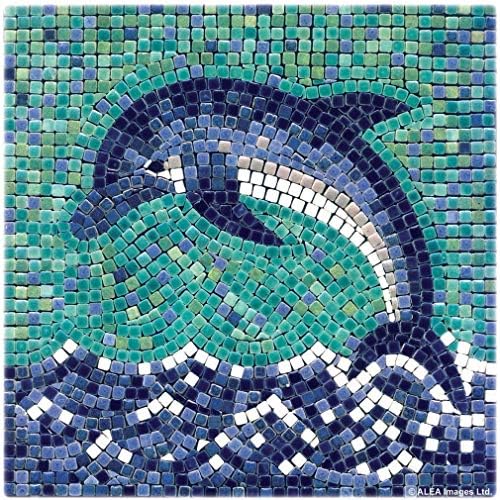Souvenir Sheet: Mosaic from the Mausoleum of Galla Placidia, Ravenna (Ajman 1972)
Mosaic from the Mausoleum of Galla Placidia, Ravenna (Ajman 1972)
15 August (Ajman ) within release Animal Mosaics (I) goes into circulation Souvenir Sheet Mosaic from the Mausoleum of Galla Placidia, Ravenna face value 2.50 United Arab Emirates riyal
| Souvenir Sheet Mosaic from the Mausoleum of Galla Placidia, Ravenna in catalogues | |
|---|---|
| Michel: | Mi: AJ BL383B |
| Colnect codes: | Col: AJ 1972.08.15-009a |
Souvenir Sheet is horizontal format.
Also in the issue Animal Mosaics (I):
- Se-tenant - Animal Mosaics - se-tenant face value 4.50;
- Stamp - Mosaic from the Mausoleum of Galla Placidia, Ravenna face value 2.50;
- Souvenir Sheet - Mosaic from the Mausoleum of Galla Placidia, Ravenna face value 2.50;
- Stamp - Mosaic from the Therme Museum, Rome face value 75;
- Stamp - Mosaic from the Therme Museum, Rome face value 1.25;
Souvenir Sheet Mosaic from the Mausoleum of Galla Placidia, Ravenna it reflects the thematic directions:
Birds (Aves), a subgroup of Reptiles, are the last living examples of Dinosaurs. They are a group of endothermic vertebrates, characterised by feathers, toothless beaked jaws, the laying of hard-shelled eggs, a high metabolic rate, a four-chambered heart, and a strong yet lightweight skeleton. Birds live worldwide and range in size from the 5 cm (2 in) bee hummingbird to the 2.75 m (9 ft) ostrich. They rank as the class of tetrapods with the most living species, at approximately ten thousand, with more than half of these being passerines, sometimes known as perching birds. Birds are the closest living relatives of crocodilians.
A mosaic is a pattern or image made of small regular or irregular pieces of colored stone, glass or ceramic, held in place by plaster/mortar, and covering a surface. Mosaics are often used as floor and wall decoration, and were particularly popular in the Ancient Roman world.
Columbidae (/kəˈlʌmbɪdiː/ kə-LUM-bih-dee) is a bird family consisting of doves and pigeons. It is the only family in the order Columbiformes. These are stout-bodied birds with short necks and short slender bills that in some species feature fleshy ceres. They primarily feed on plants, and can be taxonomically divided amongst granivores, that feed mostly on the ground on seeds, and frugivores, that feed mostly on fruits, from branches. The family occurs worldwide, often in close proximity with humans, but the greatest variety is in the Indomalayan and Australasian realms.


